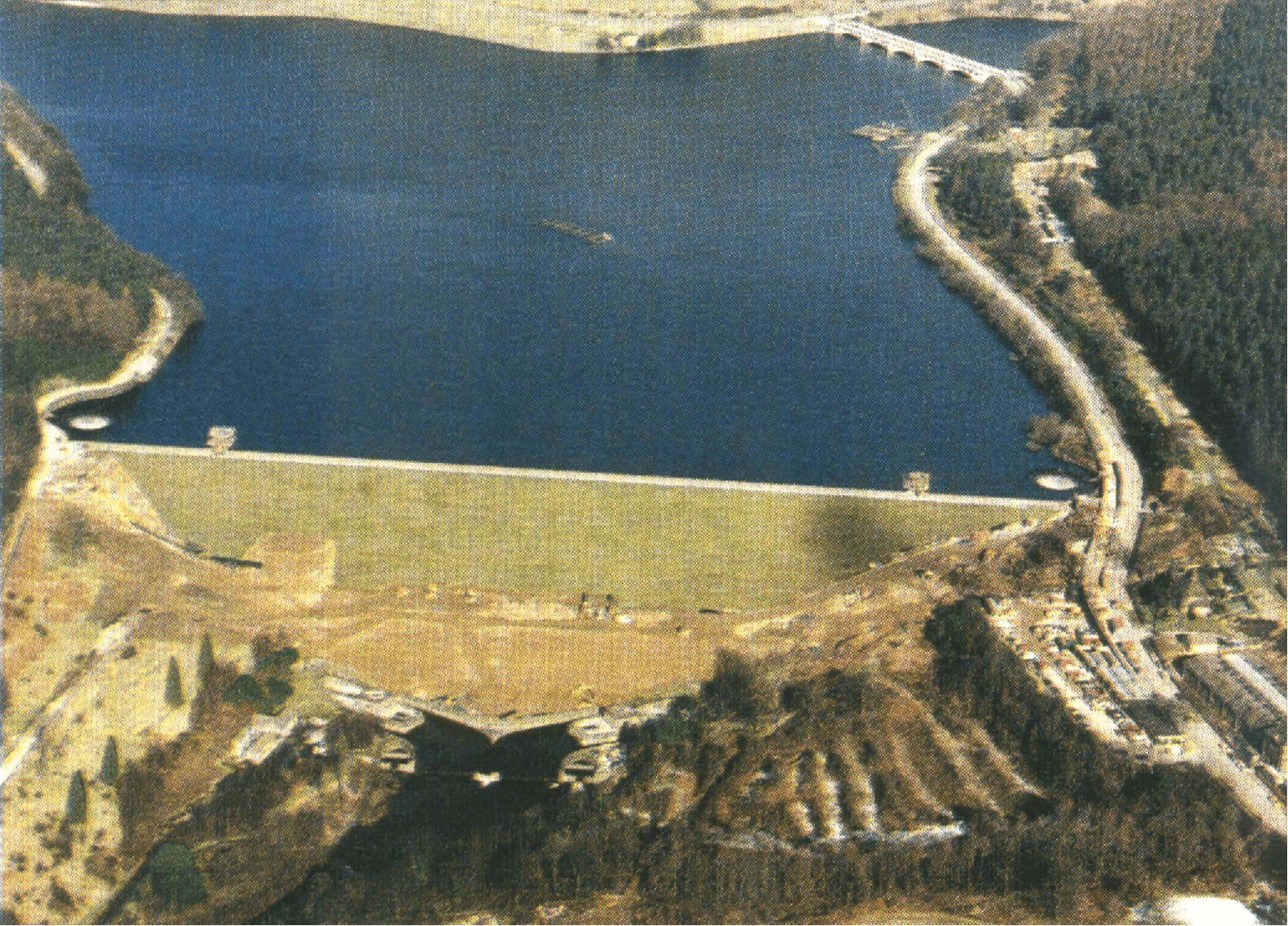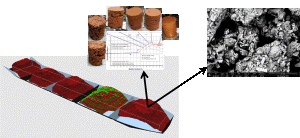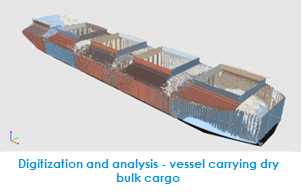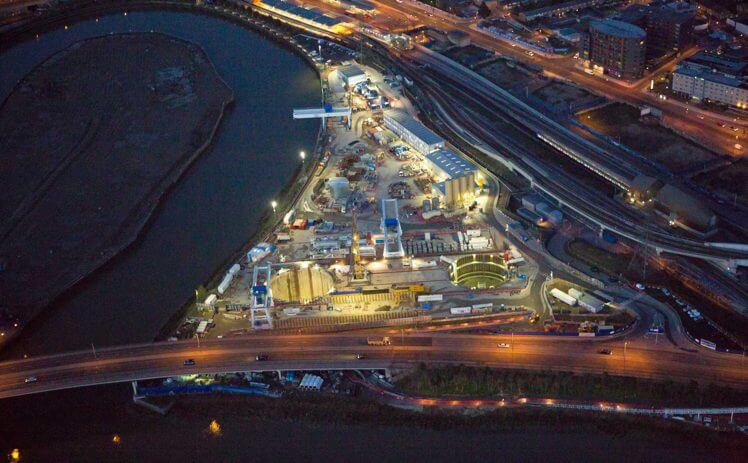Numerical Modelling of Shotcrete for Tunnelling
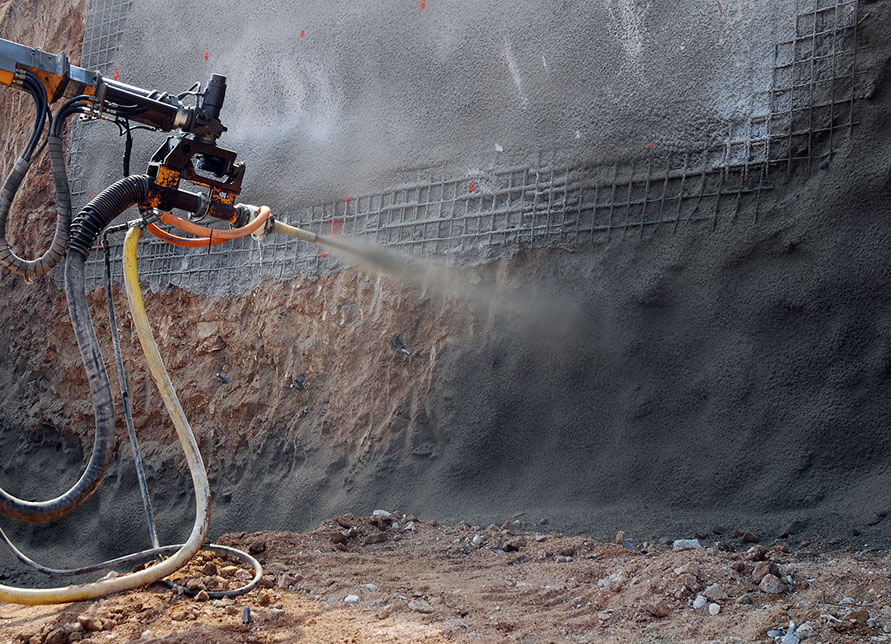
In this research project, commissioned and funded by GCG, a constitutive model for the time-dependent behaviour of shotcrete has been developed at Imperial College London. The model is based within the framework of elasto-plasticity where two independent yield surfaces control the behaviour of shotcrete in multiaxial loading conditions for both compression and tension. Cracking of the shotcrete is considered within the smeared crack concept and the proposed material law includes the time-dependency of stiffness and strength behaviour, which is considered to be of crucial importance in tunnelling. The model also accounts for reducing deformability of the shotcrete during cement hydration, creep, shrinkage and hydration temperature induced deformations at early ages. After implementation into the finite element code ICFEP, model calibration and validation have been performed for shotcrete experiments taken from the literature. The developed constitutive model has then been applied to the analysis of a typical tunnel construction in London Clay and reaffirmed that the newly developed constitutive model can be applied successfully to boundary value problems in geotechnical engineering.
References
Schuetz, R., Potts, D. M. & Zdravkovic, L. (2009). A constitutive model for the behaviour of shotcrete. Proc. 1st Int. Symposium on Computational Geomechanics, Juan-les-Pins, Cote d’Azur, France.
Schuetz, R., Potts, D. M. & Zdravkovic, L. (2009). On the importance of advanced constitutive modelling of shotcrete tunnel linings. EURO:TUN 2009, Computational Methods in Tunnelling, Vol.1, Bochum, Germany, 447-454.
Location


